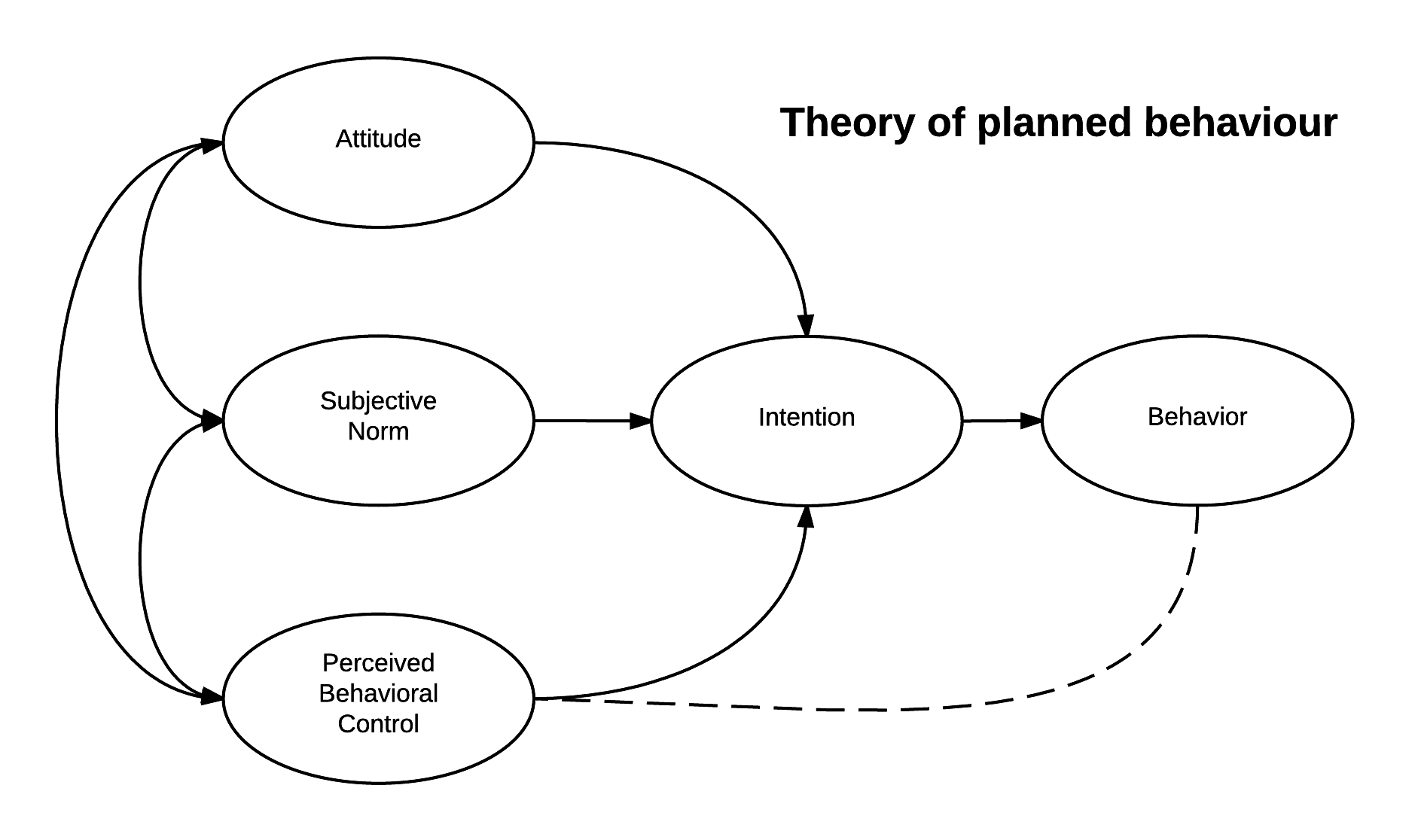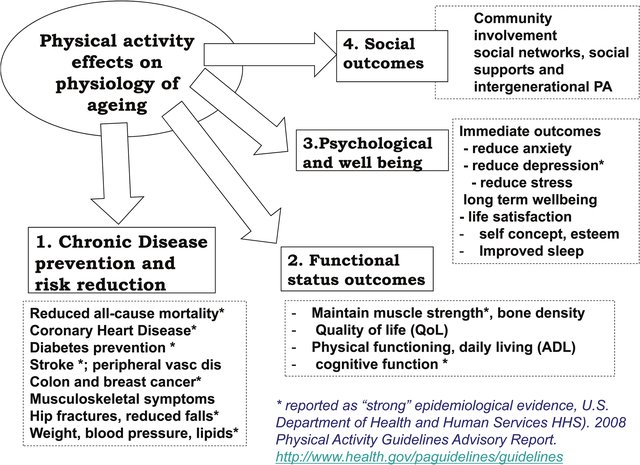10 Developing a Conceptual Framework
10.1 Introduction
Developing a robust conceptual framework is central to systematic inquiry; it serves as the blueprint that guides the direction and coherence of research.
This section provides some ideas for crafting such a framework, starting with the articulation of concepts, ensuring clarity, and eliminating ambiguity.
We then explore mapping out and justifying the relationships among these concepts, anchoring them firmly within established theoretical paradigms.
The role of theoretical foundations is discussed, integrating literature and challenging existing paradigms to forge a solid backbone for our research.
Finally, we discuss visualisation: translating the complexity of concepts and their interrelations into clear, communicative diagrams.
10.2 Defining Concepts
Clarity in definitions
In academic research, the precision with which concepts are defined underpins the clarity and integrity of the investigation.
Clear, explicit articulation of the key terms and concepts used in your research forms the ‘bedrock’ of understanding, and means that researchers should articulate precisely what each term means, using examples where beneficial. This level of clarity mitigates the risk of ambiguity, which can obfuscate meaning and lead to misinterpretation.
The use of accessible language is important. Academic jargon, while sometimes necessary, should be balanced with the need for broader comprehension.
Consistency
Consistency in the definitions we use is crucial. Utilising uniform terminology across the entire body of work eliminates confusion and lends credence to the document. This includes careful cross-referencing, where terms are defined once and then referenced back to that definition throughout the text.
Also, aligning the use of these terms with the prevailing literature ensures your research is anchored in the context of existing knowledge, facilitating a dialogue with the academic community and contributing to our collective understanding.
Relation to your research question
The relevance of concepts to the research question cannot be overstated. Each term delineated must serve a purpose, directly tying back to the central inquiry of the research. This direct relevance sharpens the focus of the study and avoids the detritus of unrelated information.
Clarifying how each concept aids in answering the research question ensures that every element of the discussion contributes constructively to the comprehension of the issue at hand. Any concept that does not serve this goal is extraneous, and should be eliminated to maintain the study’s coherence.
Comprehensive coverage
Finally, comprehensive coverage is essential in the conceptual framework of research. A careful review of the necessary concepts must be undertaken to ensure that no critical aspect has been overlooked. This involves a gap analysis where the existing literature is examined to identify areas where definitions might be lacking or where further elucidation is needed.
The ultimate aim is completeness; ensuring that the concepts are not only defined but are done so in a manner that covers all facets relevant to the research question. This approach underpins the validity of the research and facilitates a deeper understanding of the subject matter.
10.3 Building relationships
Establishing connections
Understanding the interconnectedness between concepts is a methodical process in research methodology.
Mapping relationships provides a visual or narrative structure, situating each concept in relation to others within the research framework.
The significance of these connections is not merely academic; their relevance lies in how they shape the understanding of the study’s core questions.
Identifying the type of relationship (whether it is causal or correlational, among others) is crucial in demystifying the complexities of these interdependencies and in guiding subsequent methodological choices.
Theory-based relationships
The integration of theory-based relationships anchors these connections within a wider academic discourse. By situating relationships within established theoretical frameworks, a study positions its arguments within a larger context, thus enhancing its academic rigor.
Providing justification for the selection of specific theories over others strengthens the rationale for their application to the relationships at hand.
However, the academic environment is dynamic, and thus, being receptive to challenging and potentially revising these theoretical relationships is necessary to maintain relevance with contemporary developments.
Logical consistency
Logical consistency serves as the backbone of the argumentative structure. Rigorous checks for contradictions enhance the integrity of how concepts interlink, while a clear logical flow between concepts ensures that the structure of relationships is coherent and understandable.
Transparency in reasoning is important: outlining precisely how and why each relationship has been established encourages critical engagement and supports academic integrity.
Empirical ‘testability’
Empirical testability converts theoretical relationships into actionable research elements.
Relationships must be distilled into testable hypotheses, which are the conduits through which theory is subjected to empirical scrutiny.
Providing operational definitions transforms abstract concepts into measurable entities, laying the groundwork for data collection.
It’s vital that these relationships and their definitions are constructed in such a way that they not only permit but also facilitate the collection of data, thus bridging the gap between conceptual frameworks and empirical evidence.
10.4 Theoretical foundations
Using established theories
The selection and utilisation of theoretical foundations are important elements in academic research; they provide the intellectual ‘underpinnings’ of the investigation.
Identifying relevant theories entails a comprehensive review of existing scholarly work, as discussed previously to locate theoretical frameworks that align with the research question.
Once these theories are pinpointed, their connections to the research must be delineated clearly, showcasing their direct relevance and applicability.
The rationale behind choosing specific theories demands justification; the selected theories should not only be pertinent but also offer substantial explanatory power or a unique lens through which the research question can be examined.

Building on previous work
- Building on previous work is a respectful and scholarly means of advancing knowledge. A thorough literature review is essential to uncover the depth and breadth of prior theoretical work related to the field of study.
- Previous theories serve as the foundational blocks upon which new research is constructed, whether it advances, refines, or challenges these ideas.
- Acknowledgment of the influence of past scholarship is crucial; it situates new research within the continuum of academic discourse and avoids the insularity that can come from neglecting the established body of knowledge.
Integrating different theories
- The integration of different theoretical perspectives can offer a more nuanced and comprehensive understanding of complex research questions. It involves discerning how various theories may complement one another or fill in each other’s gaps.
- When theories present conflicting views, these discrepancies must be addressed thoughtfully, with clear reasoning provided for their integration into a singular framework.
- The goal is to forge a cohesive framework that synthesizes disparate viewpoints, yielding a more robust and multi-faceted understanding of the research subject.
Offering a critical assessment
A critical assessment of theoretical foundations is essential to uphold the research’s intellectual rigor. This involves a critical evaluation of the theories’ relevance to the research question at hand.
the adequacy of the theoretical underpinnings must be appraised; they must be capable of thoroughly addressing the research question and objectives. Any limitations or biases inherent in the theoretical frameworks must be identified and acknowledged.
This appraisal not only underscores the thoroughness of the research process, but also strengthens the credibility and validity of the research findings.
10.5 Visualisation
Diagrams and models
As you know, visual representation is a powerful tool in research, allowing for the illustration of complex ideas in a clear and accessible format. Creating diagrams or models serves as a bridge between abstract concepts and tangible understanding.
These visuals act as a synthesis of the conceptual framework, distilling intricate relationships into formats that are easily digestible. When employed effectively, such visual aids significantly facilitate comprehension of the research’s foundational structure, illuminating the interplay between its various components.
Visuals can serve as an important communication tool, aiding in conveying the framework to diverse audiences, each with their own levels of familiarity with the subject matter.

Clarity and simplicity
The effectiveness of visual tools in research hinges on their clarity and simplicity. The goal is to achieve a balance where the visuals are detailed enough to be informative yet not so complex as to be overwhelming.
It’s a process of distillation, ensuring that the visuals remain user-friendly and do not alienate those they intend to inform. Avoiding clutter is key; each visual element must serve a distinct purpose, contributing to the overall understanding rather than detracting from it.
An overloaded diagram can be as ineffective as a vague one. The design should always aim for the intersection of informative and intuitive.
Annotation
Annotating diagrams and models is akin to storytelling with a purpose—it guides the viewer through the narrative of the conceptual framework. Clear explanations of key elements, their functions, and their interrelationships are crucial.
Annotations act as a guide, leading the viewer from one concept to the next, constructing a coherent understanding as they progress. This practice is particularly invaluable in eliminating ambiguities and ensuring that the viewer’s interpretation aligns with the intended message of the research.
Iterative development
The development of visual tools is not a one-off task but rather an iterative process that evolves in tandem with the research. It involves welcoming feedback, considering it constructively, and being open to revising the visual representation.
As the research deepens and expands, so too should the visual models, continuously refined to reflect new insights or changes in the conceptual framework.
Documenting these changes is vital as it not only tracks the evolution of the research but also reinforces the iterative nature of scholarly work. This documentation is itself a form of transparency, showing the progression of thought and analysis that has shaped the research’s trajectory.
10.6 Reading
- There is a good online resource here that develops some of these concepts in more detail.